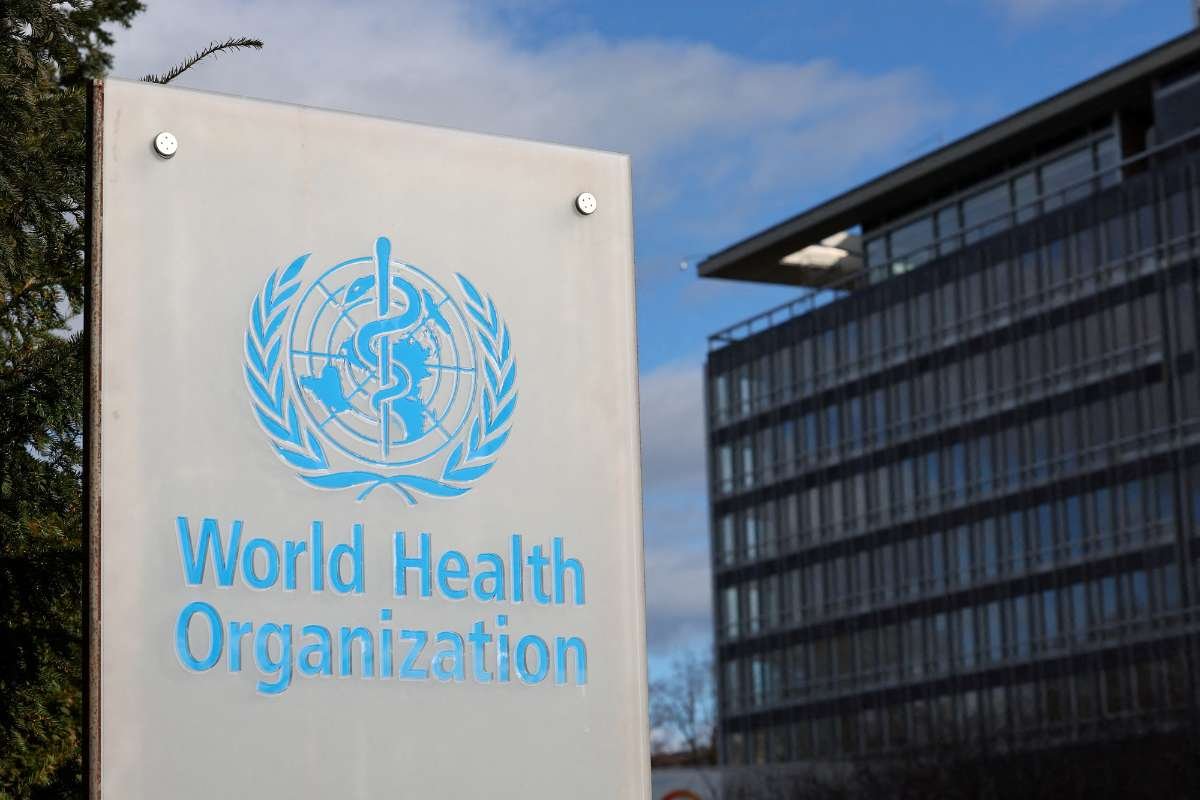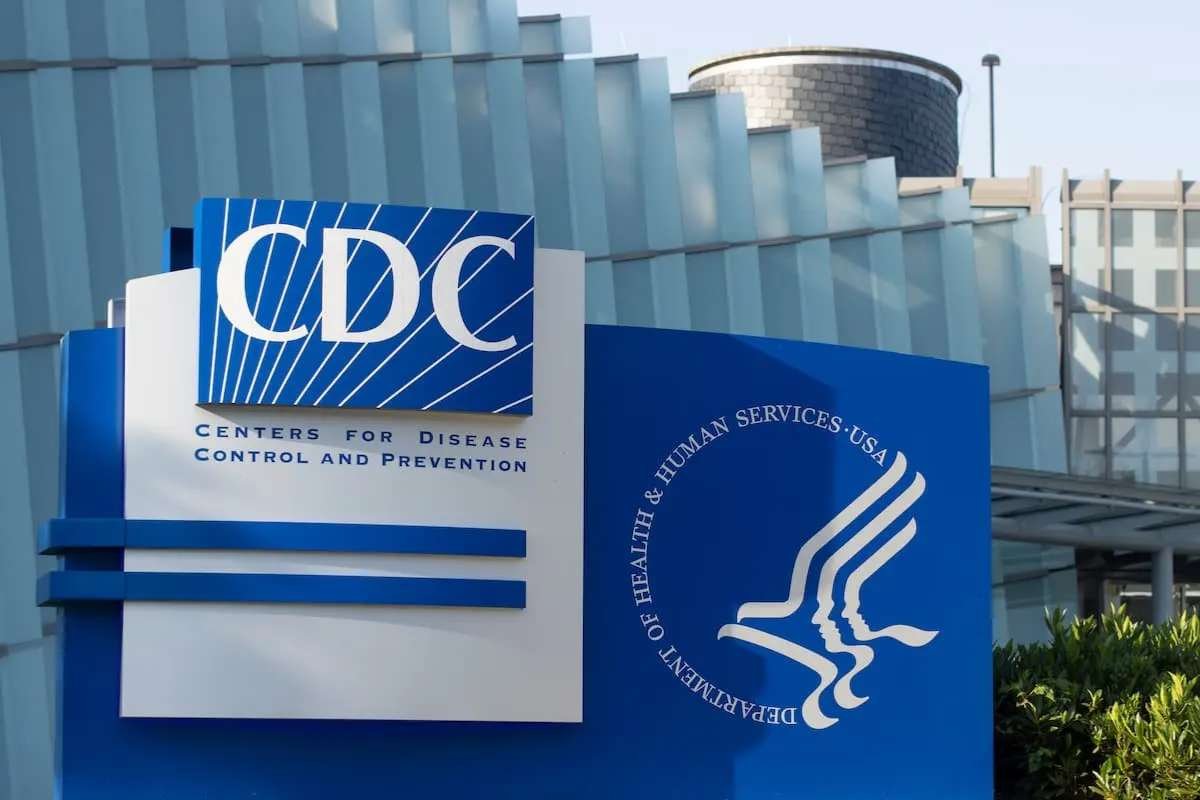Personal Health Records (PHRs) have emerged as powerful tools for individuals to manage and track their health information. This comprehensive guide explores the significance of PHRs, their multifaceted benefits, practical tips for creating and maintaining them, and their transformative impact on healthcare delivery.
Importance of Personal Health Record (PHRs):
1. Comprehensive Health Management:
- PHRs serve as centralized repositories for storing diverse health information, including medical history, medications, allergies, immunizations, and lab results.
- They empower individuals to maintain a comprehensive overview of their health status, facilitating more informed decision-making and proactive health management.
2. Enhanced Patient Engagement:
- By actively engaging in the management of their health information, individuals become more invested in their healthcare journey.
- PHRs promote a sense of ownership and accountability, fostering stronger communication and collaboration between patients and healthcare providers.
3. Continuity of Care:

- PHRs facilitate seamless information exchange between different healthcare settings, ensuring continuity of care across various providers and specialties.
- They mitigate the risk of fragmented care and medical errors by providing a comprehensive and up-to-date health record accessible to all authorized stakeholders.
4. Empowerment and Autonomy:
- Access to PHRs empowers individuals to advocate for their health needs, participate in shared decision-making, and actively engage in preventive care measures.
- It promotes a patient-centered approach to healthcare, where individuals have the autonomy to manage their health information and preferences effectively.
5. Improved Health Monitoring:
- PHRs enable individuals to track key health metrics, such as blood pressure, glucose levels, weight, and exercise routines.
- Through real-time monitoring and trend analysis, individuals can identify potential health risks early on, allowing for timely intervention and prevention strategies.
Benefits of Personal Health Record (PHRs):
1. Accessibility and Convenience:
- Personal health records offer anytime, anywhere access to health information through web-based portals, mobile applications, and electronic devices.
- This accessibility ensures that individuals and caregivers can retrieve vital health data promptly, especially during emergencies or when consulting multiple healthcare providers.
2. Privacy and Security:
- Rigorous data encryption, authentication mechanisms, and privacy protocols safeguard the confidentiality and integrity of personal health information within PHRs.
- Compliance with industry regulations, such as HIPAA (Health Insurance Portability and Accountability Act), ensures that sensitive health data remains protected from unauthorized access or disclosure.
3. Cost Savings and Efficiency:
- By minimizing duplicate tests, unnecessary procedures, and administrative overhead, PHRs contribute to cost savings for individuals, healthcare providers, and payers.
- Streamlined information exchange and reduced paperwork enhance operational efficiency, enabling healthcare organizations to allocate resources more effectively.
4. Personalized Care and Treatment:
- PHRs enable healthcare providers to deliver personalized care tailored to each individual’s unique health profile, preferences, and treatment goals.
- Access to comprehensive health data facilitates evidence-based decision-making, risk stratification, and the implementation of targeted interventions for better health outcomes.
5. Data-Driven Insights and Research:
- Aggregated PHR data across populations can provide valuable insights into disease patterns, treatment outcomes, and healthcare trends.
- Researchers and public health authorities can leverage anonymized PHR data to conduct epidemiological studies, monitor health disparities, and inform public health policies.
How to Create and Maintain a Personal Health Record (PHR):
1. Choose a PHR Platform:

- Evaluate different PHR platforms based on factors such as user interface, features, compatibility with existing systems, and data security measures.
- Select a platform that aligns with your preferences, accessibility needs, and long-term health management goals.
2. Gather and Organize Health Information:
- Collect relevant health records, including medical history, prescriptions, diagnostic reports, vaccination records, and insurance information.
- Organize and categorize your health information systematically within the PHR, using folders, tags, or metadata for easy retrieval and navigation.
3. Update Regularly and Accurately:
- Commit to regularly updating your PHR with new health information, including recent medical encounters, changes in medications, and preventive screenings.
- Ensure the accuracy and completeness of your health data by verifying information from trusted sources and consulting with healthcare providers when necessary.
4. Share with Healthcare Providers and Caregivers:
- Share access to your PHR with trusted healthcare providers, caregivers, and family members to facilitate collaborative care and informed decision-making.
- Communicate your preferences regarding data sharing, privacy settings, and emergency contact information to ensure seamless coordination of care.
Also Read: Electronic Health Record Systems: A Comprehensive Guide
Impact of Personal Health Record (PHRs) on Healthcare Delivery:
1. Enhanced Care Coordination and Communication:
- PHRs promote interdisciplinary collaboration and information exchange among healthcare providers, reducing communication barriers and enhancing care coordination.
- Shared access to PHRs fosters transparency, accountability, and patient-centered communication, leading to improved clinical outcomes and patient satisfaction.
2. Empowered Patient-Provider Relationships:

- PHRs empower individuals to actively participate in their care plans, articulate their preferences, and engage in shared decision-making with healthcare providers.
- Healthcare providers value the insights gleaned from PHRs, enabling them to deliver personalized, evidence-based care tailored to individual needs and preferences.
3. Prevention and Early Intervention:
- PHRs support preventive care initiatives by facilitating health screenings, risk assessments, and wellness interventions based on individual health data.
- Early detection of health risks and proactive intervention strategies can mitigate the progression of chronic conditions, reduce healthcare costs, and improve long-term health outcomes.
5. Data-Driven Quality Improvement:
- Aggregate PHR data enables healthcare organizations to analyze population health trends, identify areas for quality improvement, and implement evidence-based interventions.
- Real-time analytics and predictive modeling enhance clinical decision support, risk stratification, and population health management initiatives, driving continuous quality improvement in healthcare delivery.
Conclusion:
Personal Health Record (PHRs) represent a pivotal tool in empowering individuals to take control of their health information and actively engage in their healthcare journey. With numerous benefits, including enhanced patient engagement, improved care coordination, and personalized treatment, PHRs have the potential to revolutionize healthcare delivery and improve health outcomes. By adopting best practices for creating, maintaining, and sharing Personal health record, individuals can harness the full potential of these digital health tools to lead healthier, more informed lives.









